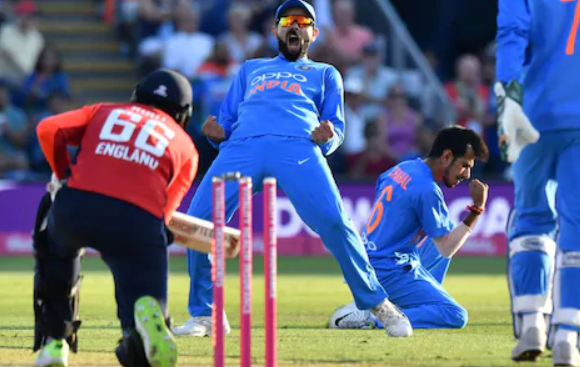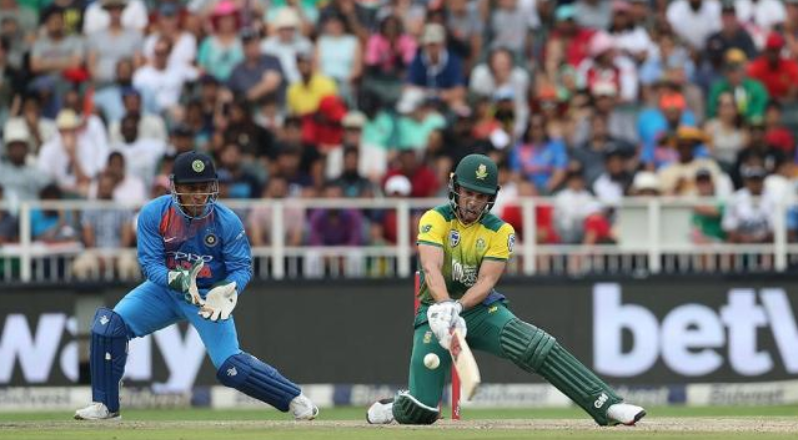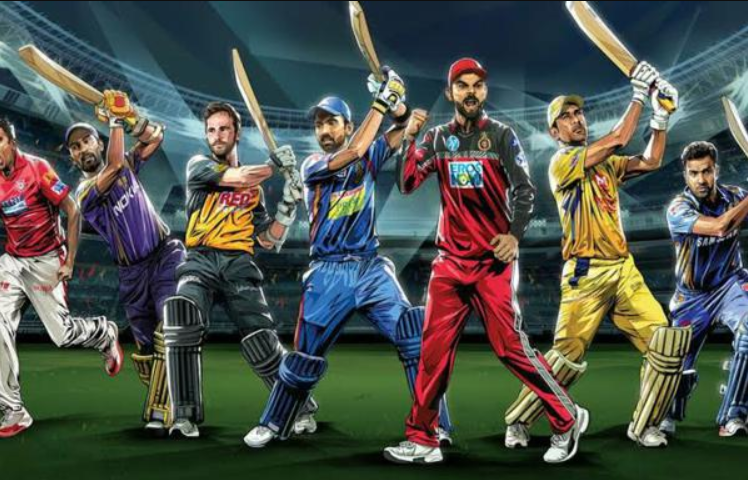Cricket in Japan

Do you miss your cricket fixes while in Japan? Cricket is not so popular in Japan as it is in Australia, UK, India and South Africa. The British brought the game with them and established the first club in 1868, and the first game was played in Japan already in 1863.
In fact, until the 1980s it was played more or less exclusively by expats in Japan, so if you are an expat with a passion for cricket and wish to plae and participate you are part of a long expat part of history here in Japan. The popularity of the sport has grown among the Japanese population in recent years, and you can find places to play, socialise and discuss your favorite game in several prefectures around the Japanese Islands. The sport’s governing body is the Japan Cricket Association (JCA), which was formed in 1984 and has been a member of the International Cricket Council (ICC) since 1989.
You can find a league to follow, games to watch and a passionate cricket community that might make you feel a little closer to home and also help you to make new friends and connections while you are based in Japan. Should you wish to bet on either your new favorite local league, or the big international leagues and games, there are many online bookies available to you.
In this article we will take a look at the differences between the traditional test cricket vs the new and modern T20 games.
The Origins of Cricket
The origins of the sport of cricket date back to the 16th century. This game was then played by schoolboys and is mentioned in an Italian-English dictionary, published in 1598. In 1611, the game was mentioned as being played by men. Over the years, the sport evolved, and with the growth of the British Empire, it spread to the four corners of the globe. International matches began to take place in the 19th century, with the first cricket match in England being played in 1793.

The England and Wales Cricket Board initially started T20 in 2003 as an inter-county competition. It is now widespread throughout the global cricketing world. It is also played by men and women and is a very popular spectator sport. The World T20 was started as recently as 2007 and is hosted by different countries every four years. Spin-offs such as the Australian Big Bash League started in 2011, continue to generate huge incomes for players and has become a very lucrative part of cricket. Bettors also seem to prefer T20 as it settles their bets faster.
This article discusses the differences between Test cricket and T20 cricket and whether there is room for both formats in the modern game.
Pros and Cons
The T20 format does have its critics since batters do not have much time to play themselves in due to the time constraints of the format. Test cricketers can take their time in assessing the bounce of the pitch and the variance of ball movement between spin and pace bowling. They can also spend time “taking the shine” off the ball, making it easier for subsequent batsmen.
In T20, a batter has to virtually hit out from the first ball since the total innings is finished within 20 overs. This, however, makes it exciting for the T20 crowd since they not only experience big-hitting batsmen but are assured of a result in a reasonable timescale. Another significant difference is each bowler only has four overs compared to any amount available to bowlers in Test cricket. Bowlers, therefore, have time to settle in Test cricket but are rushed from the first ball in the T20 format.

Spectators can also witness some fantastic improvised shots not usually seen in Test cricket, such as scoop shots, reverse sweeps and switch hits. This is because of the pressure that the batter is under to score from the start. In T20, the aim is to score from every ball, which makes for an exciting spectacle. T20 matches can also be played mid-week and in the evening at day/night matches due to their relatively short duration. This frees up weekends for the longer format of the game.
Differences in the Rules
As stated above, Test cricket matches take place over five days, and bowlers are allowed to bowl any number of overs. Both forms have 11 players in the team, and the standard cricket pitch is the same. The test match has two innings per team, and if a team scores over 200 runs but the opposition does not score close to that figure, then a captain can ask the other side to follow on. This means to bat again in consecutive innings. A drawn game is allowed in Test cricket, but in T20, if the scores are tied at the end of the match, a golden over is used. Each team picks one bowler and the team with the highest score in the over wins. On 14 July 2019, England won the T20 World Cup by beating New Zealand in a golden over. Thrilling for spectators and the vast television audience who were watching live.
Can Both Forms Co-Exist?
Although attendances at county cricket games are generally low, many cricket purists consider Test cricket to be the only genuine form of the game. When you think that the original form of cricket has been around for centuries, yet T20 cricket began in 2003, you can understand why. T20 cricket was initially introduced to bring more excitement and urgency into the game. It also wanted to draw more paying fans to watch cricketing events. These new fans tend to be a younger generation who perhaps do not have the patience to sit through five days of solid cricket. The T20 appeal is that you can expect the result the day you go to watch the game.

Indeed, when you see the success of the Big Bash T20 event in Australia, you can understand the lure of this format. Players are usually auctioned to the highest bidders from the competing teams. They are paid very good money, and you will see cricket stars from all over the world competing in this event in Australia. The game also generates considerable revenue from sponsorship, TV rights and merchandise as well as spectator income.
Closer to home, the fact that England won the T20 World Cup in 2019 has generated massive interest in this form of cricket. All cricketing counties now have T20 teams and compete at the county level. The fact that many T20 matches are day/night games often finishing under floodlights means younger people can attend the games after school. Also, other enthusiasts can attend after work.
What about the longer form of the game, which also has its own fans? Many traditional fans consider that Test cricket is played to the highest possible standards within the game. It shows the skill of the batsmen over a long period. It shows how they deal with different paced balls, fast and slow wickets, weather conditions and the maintenance of concentration over a long period. The batter has time to get his or her “eye in” and can treat each bowling delivery on its own merits, even choosing to leave balls if necessary. This would be virtually unthinkable in T20 cricket. Undoubtedly it is considered to be the ultimate test of the ability and endurance of a team.
Conclusion

Cricket provides solid all-around entertainment for its viewers and spectators. Some people admire a player’s different skills, whether it be bowling, batting or fielding. This is true of both T20 cricket and Test cricket. If you are impatient and want to see a result in a day, then T20 is the game for you. Alternatively, if you admire the skill and patience of batters and bowlers, perhaps the longer form of cricket is for you. There are, of course, people who like the sport of cricket regardless and for whom any version will be enjoyable to watch. Each form of the game has its merits. Despite the popularity of T20 cricket, it seems that there will always be dedicated fans of Test cricket as well.
Update on The Indian Premier League 2020
Republicworld.com posted on March 16th 2020 the following regarding the IPL season of 2020:
” The Board of Control for Cricket in India (BCCI) made a huge decision on Friday when they announced that the launch date of the upcoming season of Indian Premier League (IPL 2020) has been postponed to April 15. “
